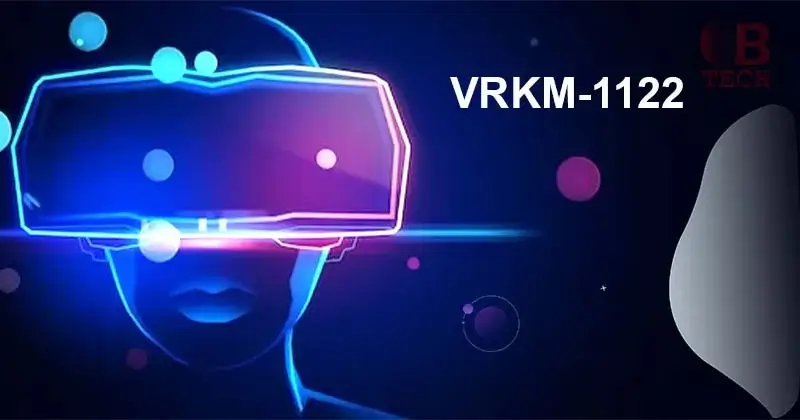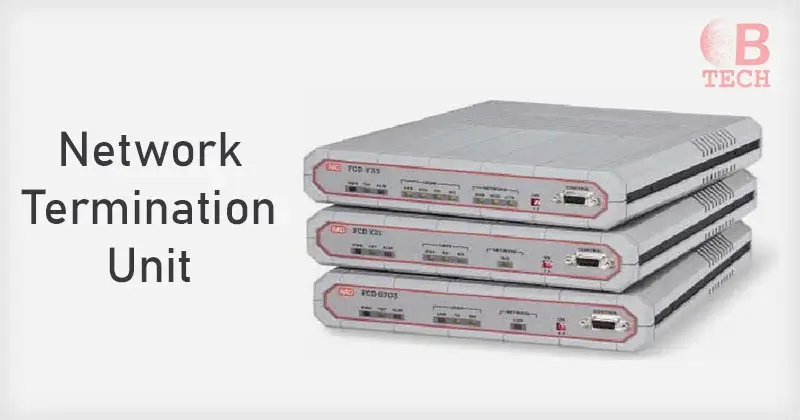Introduction to Laserski Printers
Laserski printers, those nifty devices hooked up to your computer, work by using laserski or LED technology to transfer tiny particles of toner from a cartridge onto paper. They’re often hailed as cost-effective alternatives to inkjet printers, primarily because they tend to be cheaper to operate in the long run.
One big plus with laserski printers is their knack for producing crisp and tidy text. If you’re printing out a lot of documents, they’re usually the way to go. However, when it comes to printing photos, they might not be your best bet. Laserski printers typically don’t handle photos as well as inkjet printers do, resulting in less clear images.
Here’s a heads-up: using the wrong kind of paper with a laserski printer can spell trouble. Printing on photo paper or coated paper meant for inkjet printers might seem like a good idea at first, but it can actually cause damage to the printer’s drum and fuser unit. So, it’s best to stick to paper types recommended for laserski printers.
Believe it or not, the first laserski printer was dreamt up by a team over at Xerox back in 1969. They dubbed their creation the Xerox 2000, and the rest is history.
There you have it, laserski printers. They might not be perfect for every printing job, but they sure do come in handy when you need to churn out lots of clean, sharp text without breaking the bank.
The Laserski Printing Process
Ever wondered how those laserski printers work their magic? Let’s break it down into seven simple steps:
Step 1: Raster Image Processing
First up, your printer’s processor gets to work. It takes the data from your computer and converts it into a bitmap, essentially a digital snapshot of what you want to print. This bitmap is then stored in the printer’s memory, ready to be brought to life.
Tonerem: Known As Toner Cartridge
Step 2: Charging
Once the digital image is ready, an electrostatic charge is projected onto a drum inside the printer. Think of it as setting the stage for the main act.
Step 3: Writing
Now, here comes the laserski beam, directed by a rotating mirror onto the charged drum. As the beam sweeps across the drum, it either switches the charge on or off based on the data from the bitmap. This creates a latent image on the drum’s surface.
Step 4: Developing
Time to add some color! Negatively charged toner particles are attracted to the areas where the laserski beam reversed the charge on the drum. It’s like a magnetic attraction, pulling the toner to where it needs to be.
Step 5: Transferring
With the image now formed on the drum, it’s time to transfer it onto paper. The drum rolls over the paper, while a positively charged roller behind the paper pulls the toner off the drum and onto the paper. It’s like a carefully choreographed dance.
Step 6: Fusing
To make sure the image sticks, the paper passes through a fuser. Here, heat and pressure from rollers bond the toner to the paper, sealing the deal.
Step 7: Cleaning
Last but not least, the drum gets a clean sweep. An uncharged blade and a discharge lamp team up to remove any leftover toner and reset the drum for the next round of printing. It’s like hitting the reset button for a fresh start.
And there you have it—the intricate dance of a laserski printer in action, bringing your digital creations to life, one page at a time.
Choosing the Right Laserski Printer: A Comprehensive Guide
When it comes to selecting the perfect laserski printer for your business needs, it’s essential to consider more than just the price tag and warranty. Here’s a breakdown of key features to keep in mind:
Print Speed and Capacity
For personal use, where printing about 200 pages weekly suffices, a low-end laserski printer priced at $120 or above should do the trick. These can churn out 20 to 25 pages per minute (ppm). However, if your business demands an average of 1,000 pages per week, you’ll need a workgroup printer, costing between $500 to $1,000 and printing up to 55 ppm.
For heavy-duty printing requirements like those of commercial publishers, production printers are the go-to option. These beasts can handle 50,000 pages or more per week, printing at speeds ranging from 75 to several hundred pages per minute. But be prepared to shell out between $25,000 to $150,000 for these workhorses.
Resolution
The standard resolution for most laserski printers today is 600 dots per inch (dpi), suitable for everyday printing tasks. However, high-end production printers might boast resolutions up to 2400 dpi. Beware of older models still stuck at 300 dpi, as they can produce jagged lines on images. Look for printers equipped with Resolution Enhancement Technology (RET) like those from Hewlett Packard, which smooth out edges for a better-looking print.
Printer Languages
Printer Control Language (PCL) is the standard for most laserski printers, including Hewlett Packard models. It’s ideal for basic printing needs like letters, spreadsheets, and simple graphics. On the other hand, Postscript printers are preferred for high-definition images and are commonly used with desktop publishing software. While printers with Postscript installed are pricier, you can upgrade a PCL printer to Postscript with a software driver from the manufacturer.
Paper Handling
Consider your paper needs carefully. Most laserski printers handle letter-size (8.5 by 11 inches) and legal-size (11 by 14 inches) cut-sheet paper, while high-end models may accommodate continuous sheet fed paper. Look for printers that can handle transparencies, adhesive labels, and lightweight cards. Automatic duplex printing is a handy feature allowing printing on both sides of the paper, though manual duplex printing is common in many models.
Warm-up Time and First Paper Out Time (FPOT)
Be mindful of warm-up times, especially for large workgroup and production printers. They can take anywhere from five to 15 minutes to warm up, impacting productivity, especially if the printer is frequently turned on and off. FPOT, or the time it takes to print the first page of a job, is equally crucial. Laserski printers typically take five to 30 seconds to prepare for printing, in addition to the time taken to actually print the document.
By considering these factors, you can ensure you select a laserski printer that meets your business’s printing needs efficiently and effectively.
Frequently Asked Questions
1. Can I print photos with a laserski printer?
Laserski printers aren’t the best for photos; they excel at crisp text but might produce less clear images.
2. Can I use any type of paper with my laserski printer?
It’s best to stick to paper types recommended for laserski printers to avoid damage to the printer’s drum and fuser unit.
3. How do laserski printers handle duplex printing?
Many laserski printers offer automatic duplex printing, while some may require manual duplexing, flipping the paper for double-sided prints.
Conclusion: Laserski Printers
As we wrap up our exploration of laserski printers, it’s evident that these devices offer a compelling solution for businesses in need of reliable and efficient printing capabilities. By delving into the intricacies of print speed, resolution, printer languages, paper handling, warm-up time, and first paper out time, we’ve gained valuable insights into what makes a laserski printer tick.
In today’s fast-paced business environment, the ability to produce high-quality prints quickly and cost-effectively is paramount. Laserski printers excel in meeting these demands, providing crisp text and images at impressive speeds while keeping operational costs manageable.
By carefully considering factors such as print volume, desired print quality, and specific printing needs, businesses can make informed decisions when selecting a laserski printer. Whether it’s for personal use, workgroup requirements, or heavy-duty production tasks, there’s a laserski printer tailored to meet every need and budget.
Furthermore, the FAQs provided shed light on common queries regarding the capabilities and limitations of laserski printers, offering clarity to potential buyers. From handling photos to selecting the right paper, these insights equip businesses with the knowledge needed to maximize the benefits of their chosen printer.
In essence, laserski printers stand as versatile tools that streamline printing processes and enhance productivity in various business settings. By harnessing the power of laserski technology, businesses can achieve efficient and effective printing operations, driving success in their endeavors. So, armed with the information gleaned from this guide, go forth and select the laserski printer that best suits your business needs, and embark on a journey of enhanced printing capabilities and optimized workflows.
Also Read: Workforce Optimization Software Eleveo



